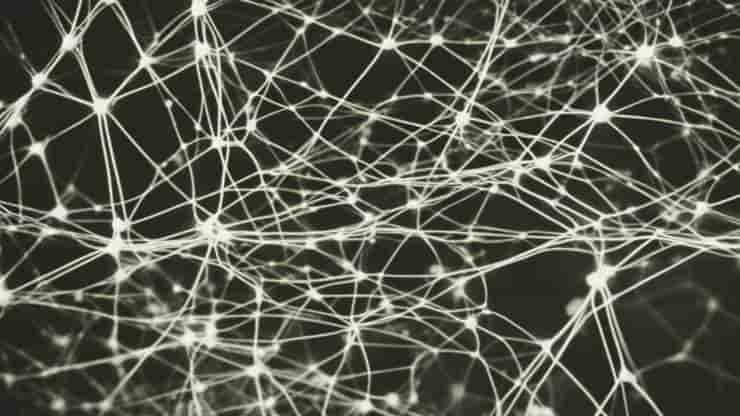Empathy is a multifaceted psychological phenomenon characterized by the ability to understand and share the feelings of others, perspective-taking, and self-regulation skills. It can be taught through training programs. Research has demonstrated that several instructional components, such as didactic, observation, and rehearsal, are successful at teaching people empathy. Some academics, however, believe it cannot be…
Associative Interference And Memory Recall
Associative inference occurs when the brain’s retrieval of certain memories is hindered by the presence of similar associations. This is particularly observable in associative learning settings, where memories are connected through learned associations. For instance, learning new information can interfere with the retrieval of older, related information, a phenomenon known as retroactive interference. Conversely, prior learning can disrupt…
Empathic Accuracy: Prosocial Thoughts and Feelings
Empathic accuracy is a measure of how precisely one person can infer the thoughts and feelings of another. Psychologists William Ickes and William Tooke coined the term in 1988, but the study of empathic accuracy dates back to earlier works within psychology, where scholars aimed to understand how individuals could accurately perceive others’ internal states.…
Afferent vs Efferent Neurons
Afferent and efferent neurons are the two primary types of neurons that play distinct yet interconnected roles in this communication network. Afferent nerve fibers, also known as sensory neurons, carry signals from sensory receptors towards the central nervous system. They inform the brain about what is happening in the internal and external environments, thus allowing…
Multiple Trace Theory of Memory
Multiple trace theory is a memory consolidation model developed as an alternative to strength theory. It holds that each time information is presented to a person, it is neurally encoded in a distinct memory trace made up of a mixture of its properties. This idea diverges from the once-dominant standard model of memory consolidation, which suggested…
James-Lange Theory of Emotion: Physiological Basis of Feelings
The James-Lange theory is one of the earliest theories of emotion in modern psychology. This theory posits that physiological arousal precedes the experience of emotion, suggesting that one first observes bodily responses to a stimulus and subsequently feels emotion. It was developed by philosopher John Dewey and named after two 19th century scholars, William James…
Cluster C Personality Disorders Types and Traits
Cluster C personality disorders are a group of mental health conditions characterized by pervasive anxiety and fear. These disorders, classified within the Diagnostic and Statistical Manual of Mental Disorders (DSM), include three main types: avoidant, dependent, and obsessive-compulsive personality disorders. Avoidant Personality Disorder: This disorder is marked by social inhibition, feelings of inadequacy, and hypersensitivity to negative evaluation.…
Fearful Avoidant Attachment
Individuals with a fearful avoidant attachment style exhibit a complex mix of behaviors involving desire for intimacy but also an intense fear of getting too close. They often oscillate between moments of closeness and distance, which can lead to instability in relationships. This attachment style arises from a combination of anxious and avoidant tendencies, leading to a distrust…
Social Penetration Theory and Self-Disclosure
Social Penetration Theory provides an insightful framework for understanding how interpersonal relationships deepen and develop over time through various levels and layers of personal information exchange. Psychologists Irwin Altman and Dalmas Taylor formulated Social Penetration Theory (SPT) in the early 1970s. It was born from their interest in analyzing how relational intimacy grows. They posited that…








